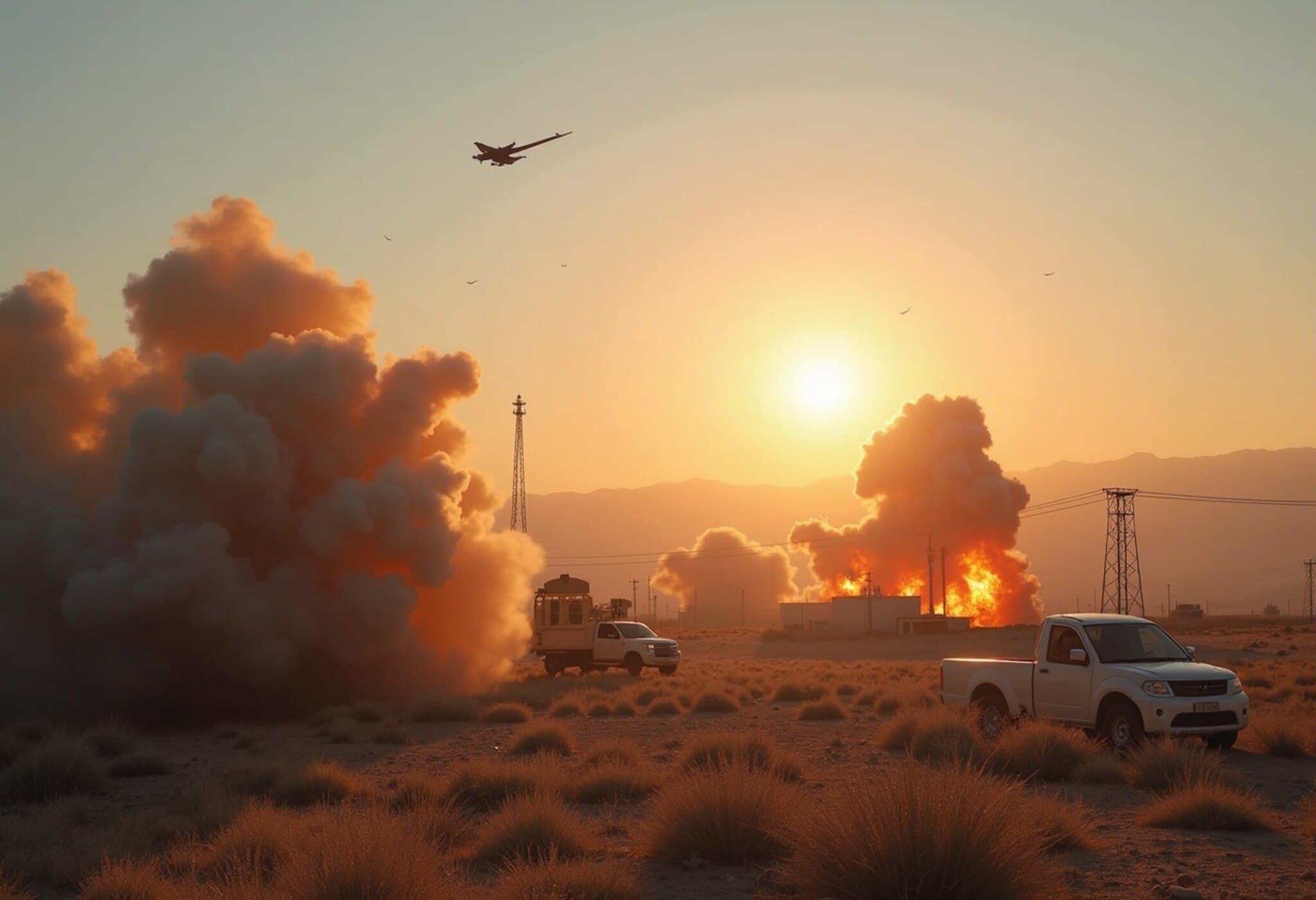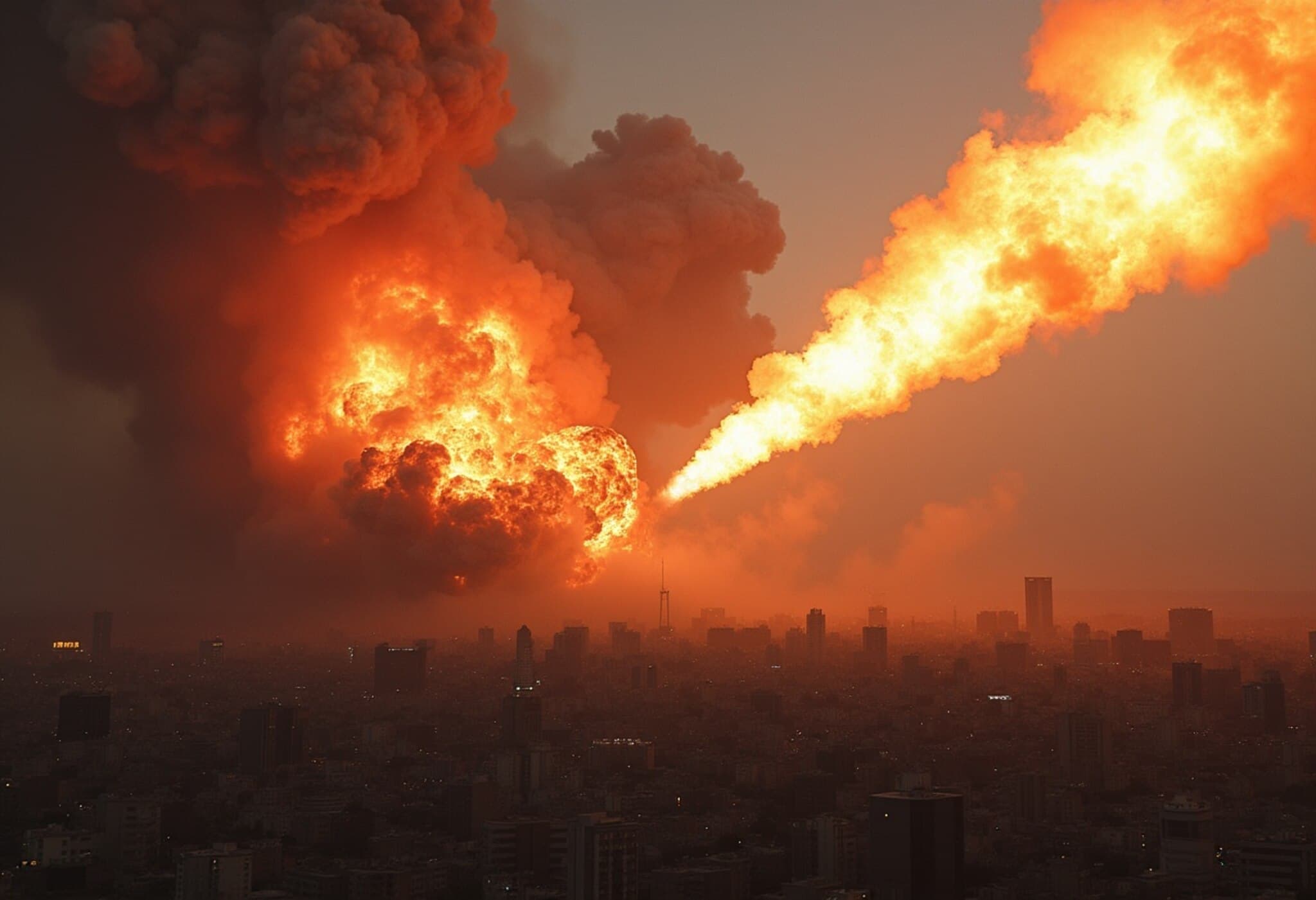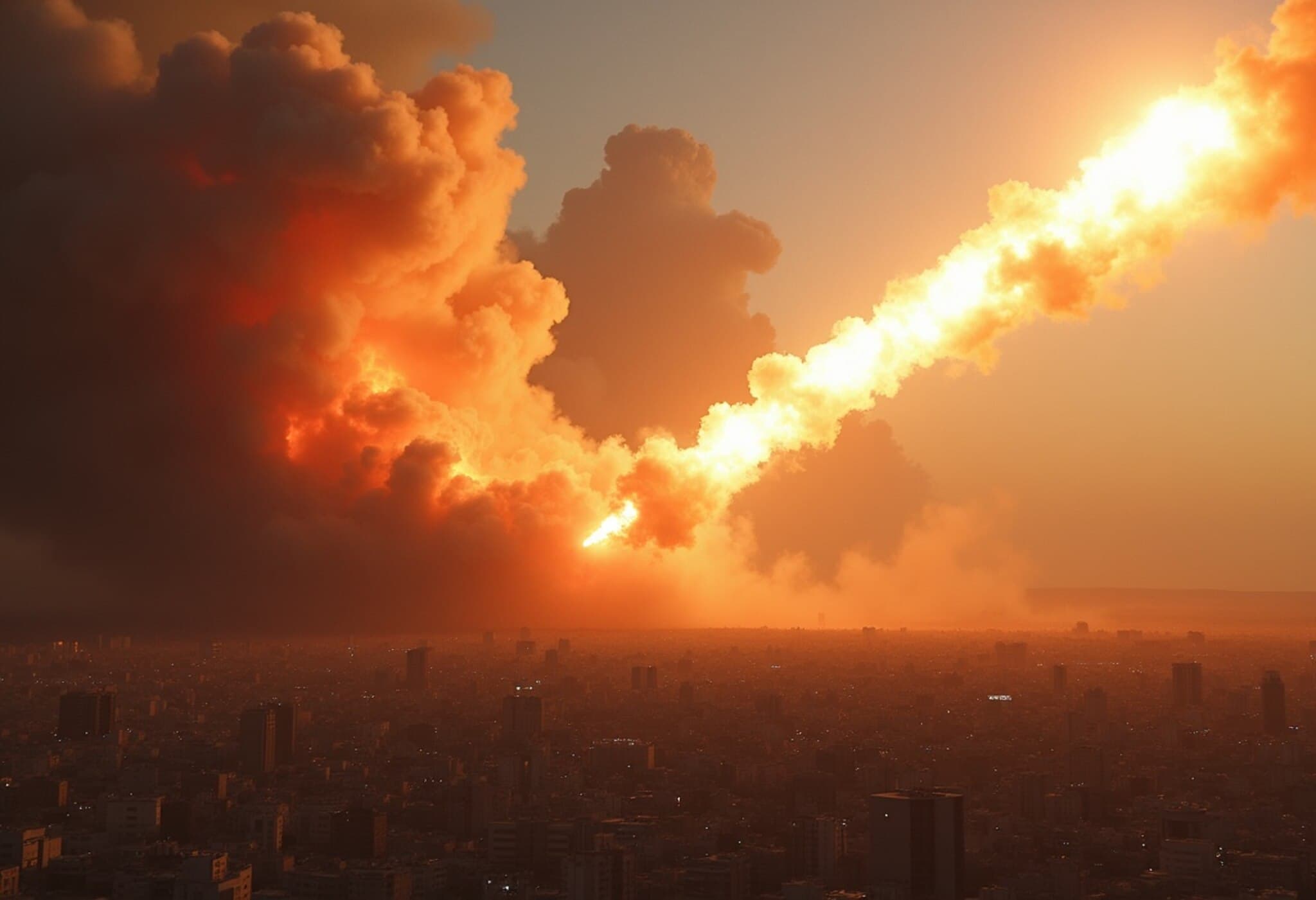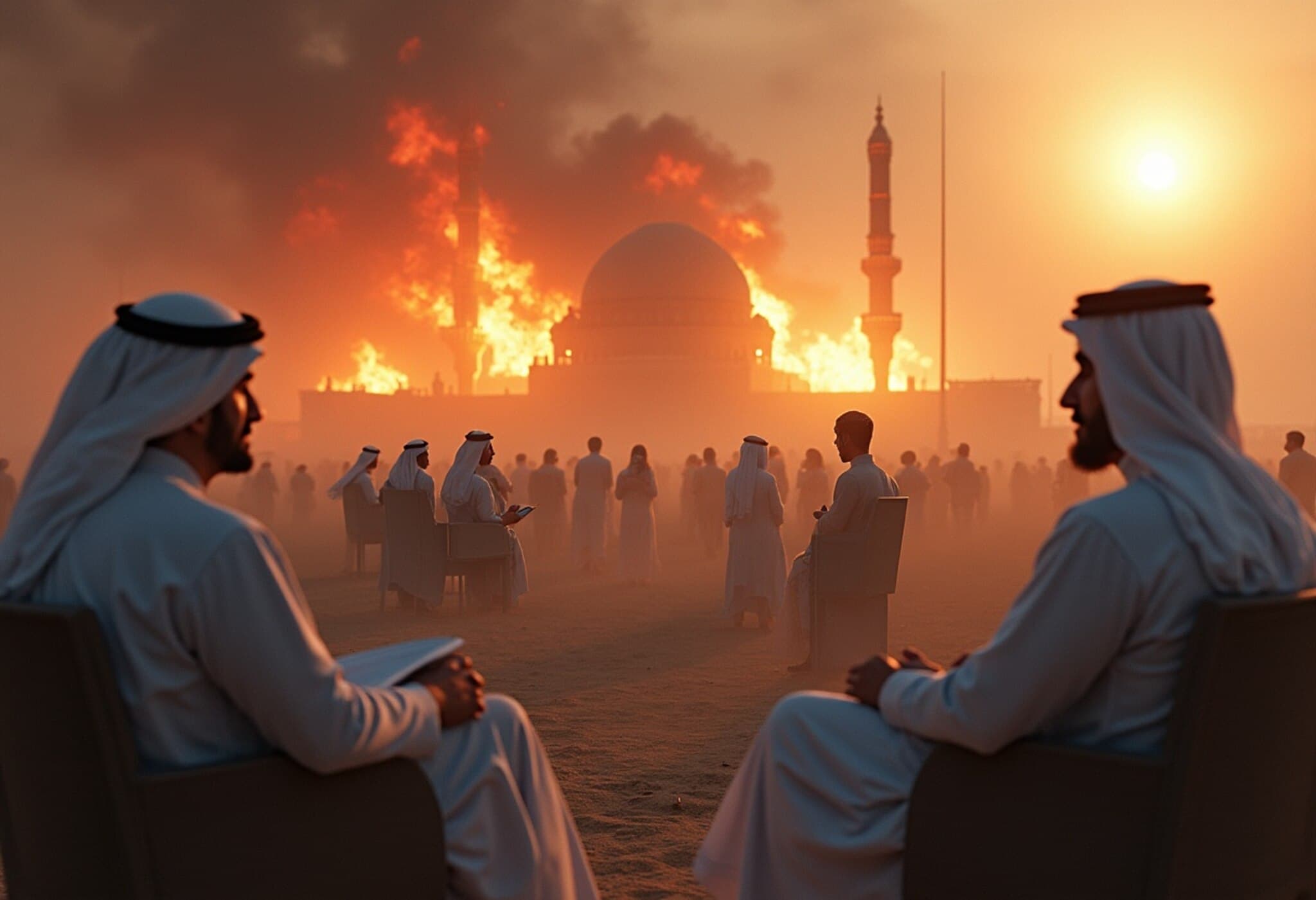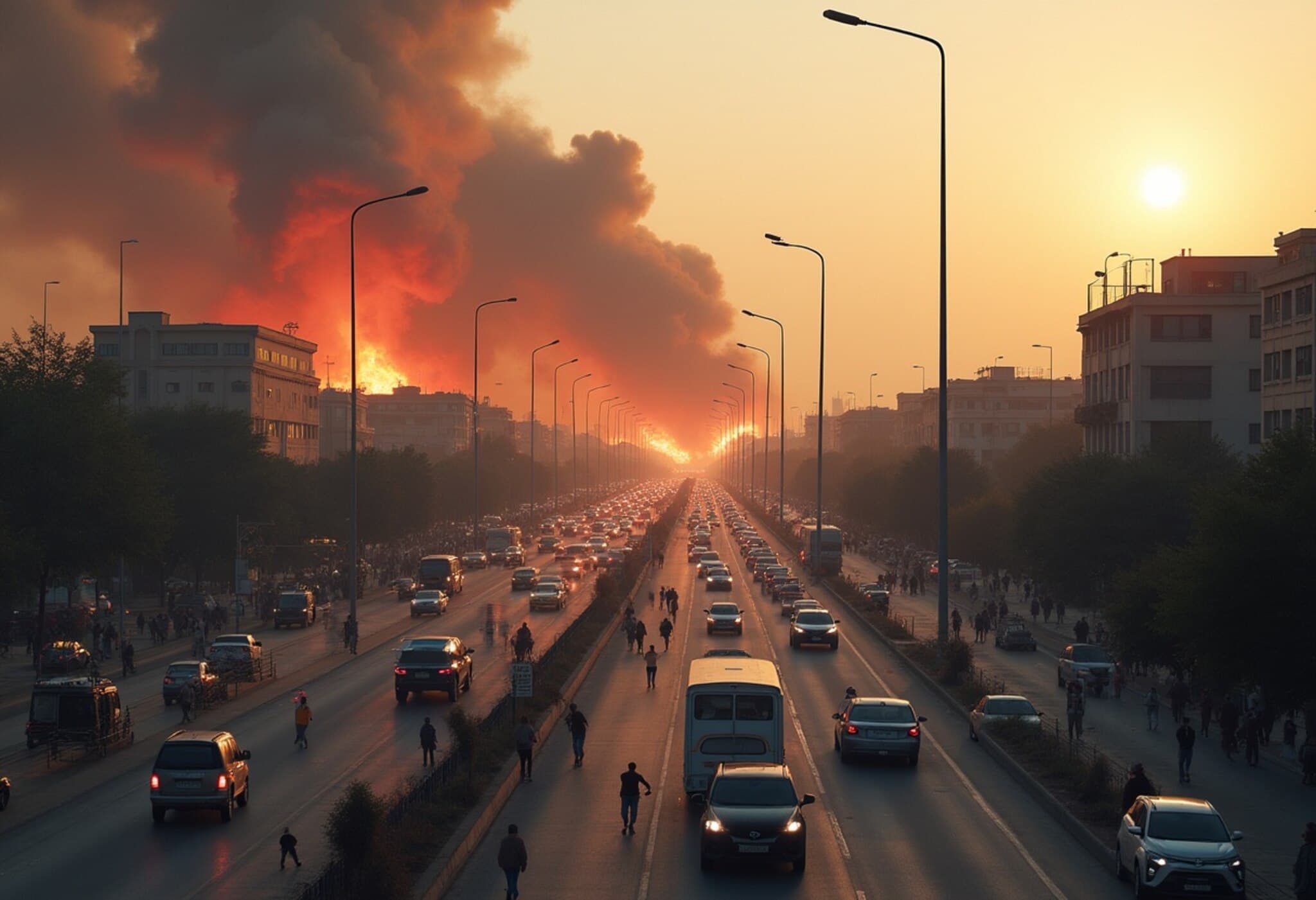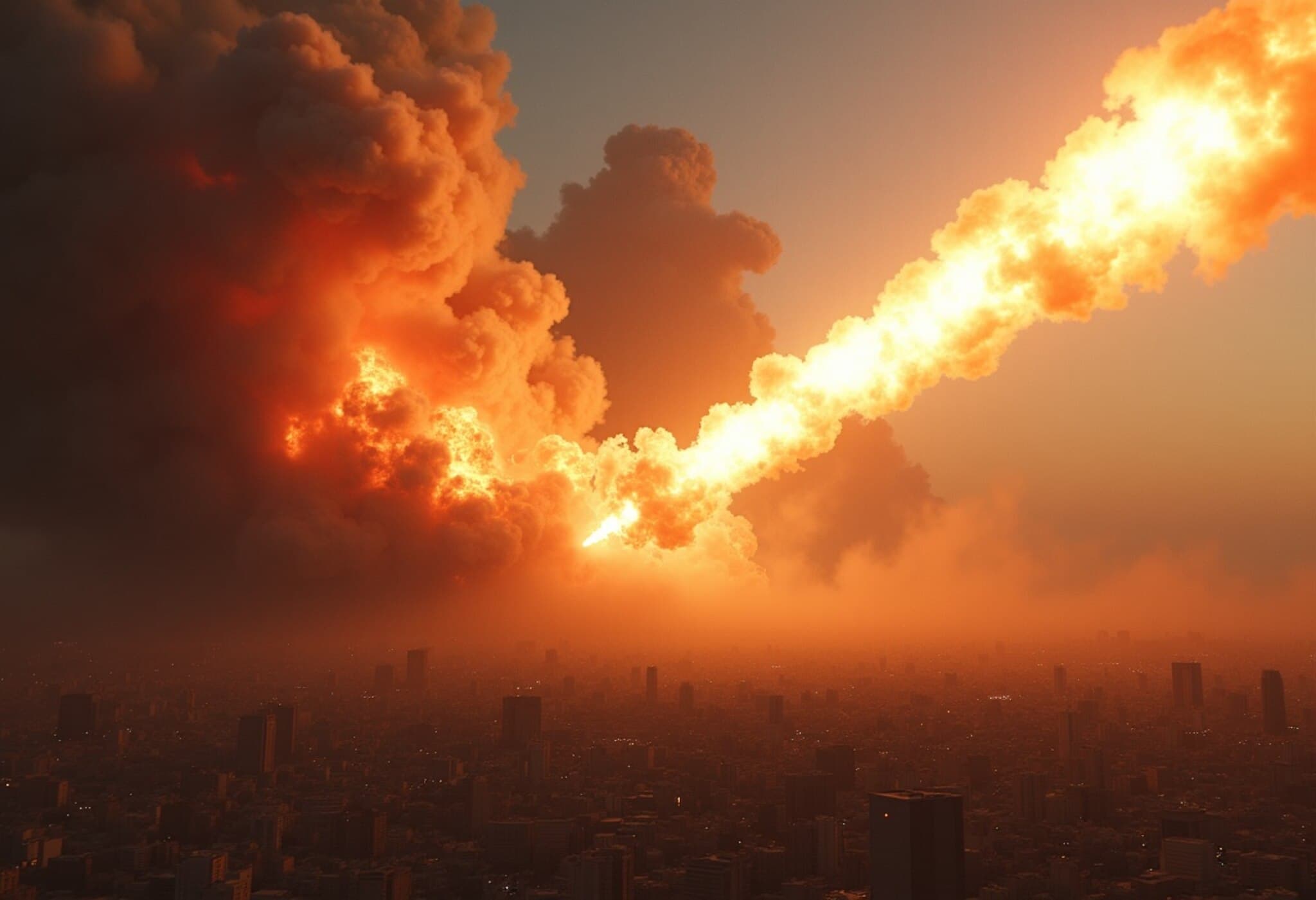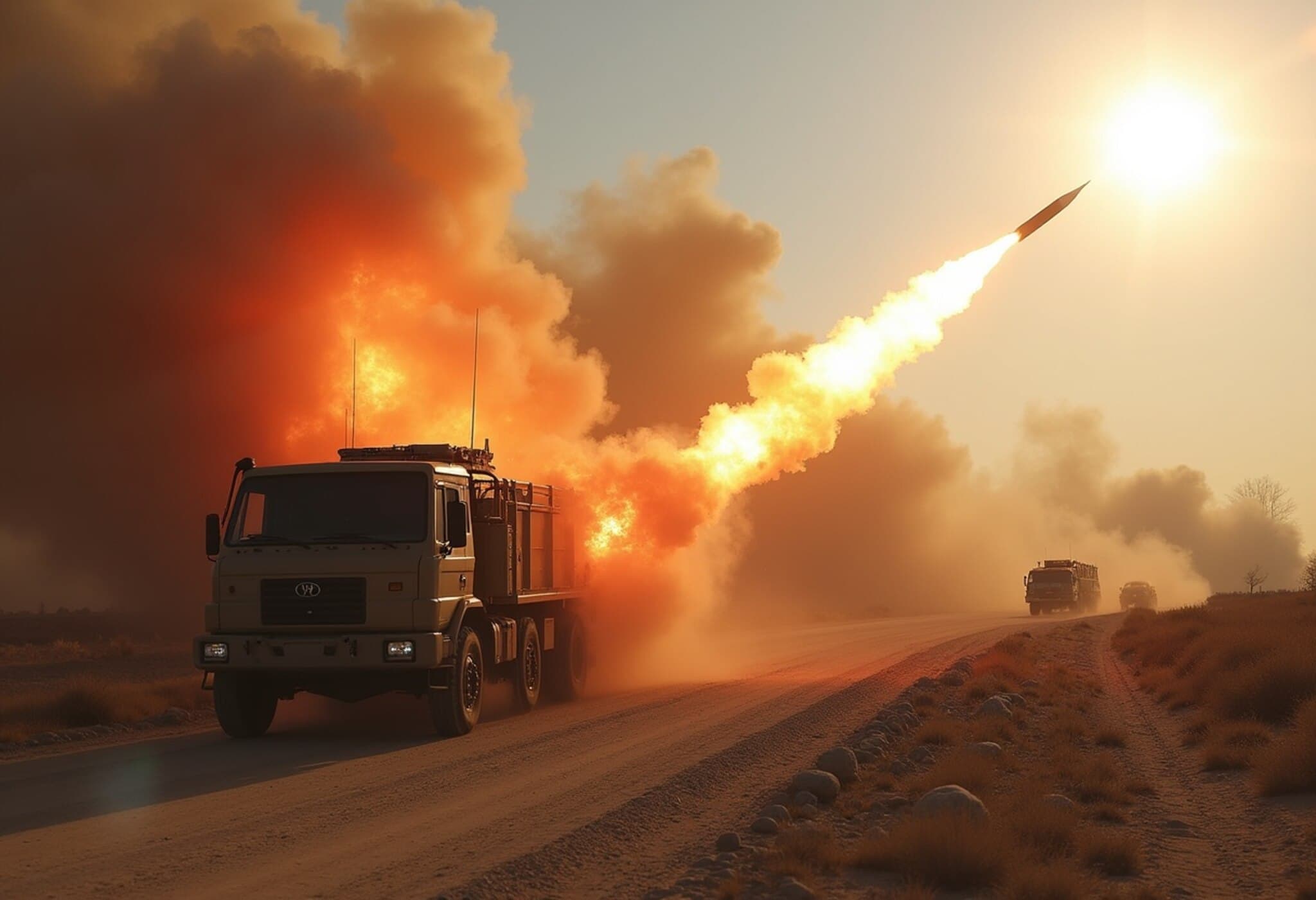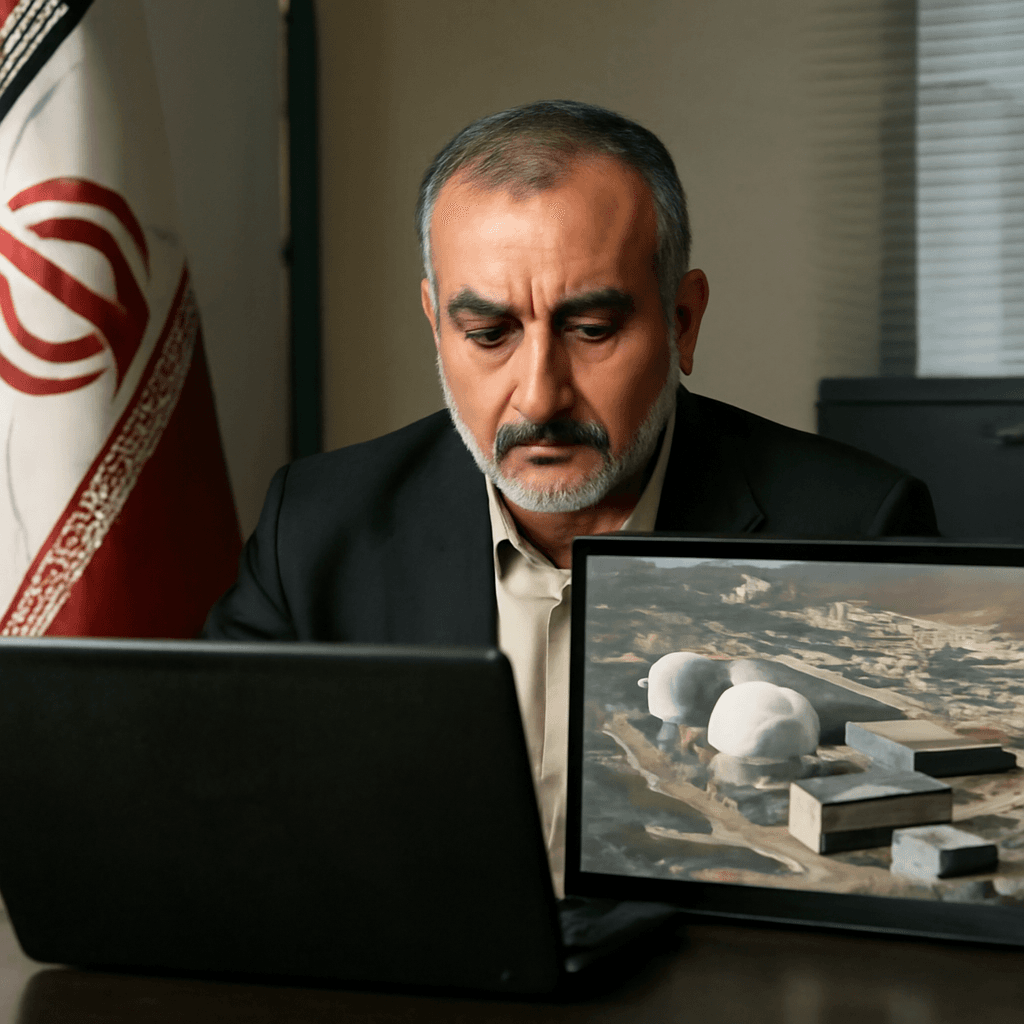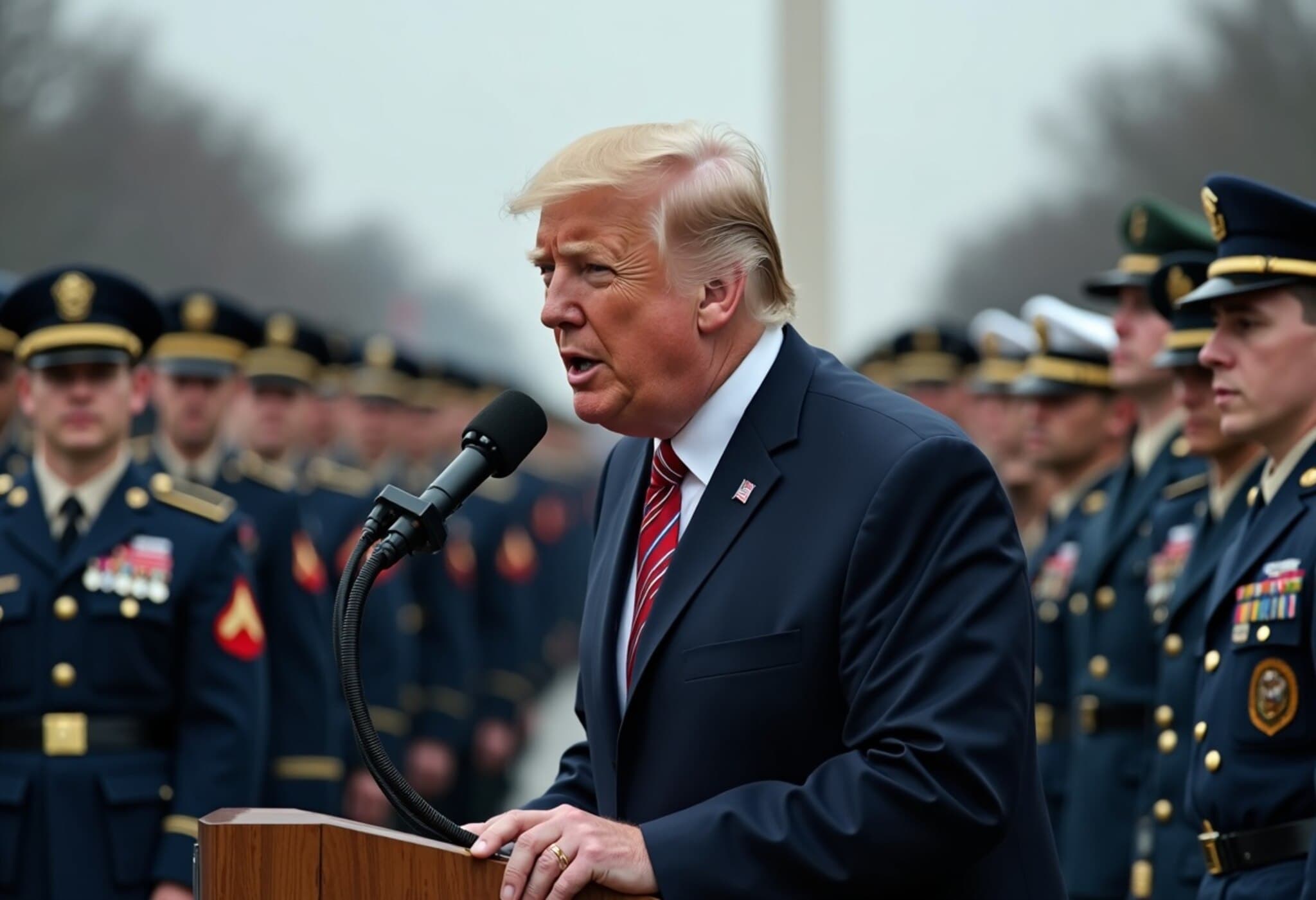Escalation Intensifies Between Iran and Israel
The longstanding tensions between Iran and Israel have spiraled into a severe escalation, with both nations launching significant strikes against each other’s critical infrastructure. Over the past several days, Israel has directly attacked Iranian defense and energy installations, while Iran retaliated with missile and drone attacks targeting Israeli cities and civilian areas.
Israel’s Strategic Strikes on Iran
In a series of bold operations, the Israel Defense Forces (IDF) executed extensive airstrikes focusing primarily on Iran’s nuclear ambitions and defense capabilities. Their targets included:
- The Iranian Ministry of Defense headquarters in Tehran.
- Sites associated with the secretive nuclear weapons project, including the SPND nuclear project headquarters.
- A natural gas processing facility in the South Pars field—marking the first known Israeli assault on Iran's oil and gas sector.
- Over 400 additional targets across Iran, with around 40 situated in Tehran itself.
These attacks signify the deepest Israeli military intrusion into Iranian airspace to date, with multiple fighter jets operating unhindered. Satellite imagery revealed significant damage to missile bases near Tabriz and Kermanshah, underscoring the scale and precision of the strikes.
Iran’s Missile Barrage on Israeli Cities and Infrastructure
In retaliation, Iran launched approximately 200 missiles and numerous explosive drones targeting major Israeli cities. Among the hardest hit was Haifa, home to the country's largest oil refinery, suggesting a calculated attempt to disrupt vital energy infrastructure.
Beyond industrial targets, residential areas also suffered. In the Galilee town of Safed, a missile strike on a residential building killed at least four civilians and injured many others. Explosions were reported widely across northern and central Israel, reflecting the breadth of the Iranian offensive.
Casualties and Military Impact
The violence has resulted in at least seven Israeli civilian deaths and over 200 injuries, including soldiers. Meanwhile, Iran’s UN ambassador claimed Israeli strikes have killed 78 Iranians and wounded more than 320. Israel also asserted that their operations eliminated several key Iranian military commanders and nuclear scientists, delivering a heavy blow to Tehran’s defense and nuclear program leadership.
Israeli Prime Minister Benjamin Netanyahu emphasized the destructive power of the Iranian missiles, claiming each carries about 2,000 pounds of explosives. Experts, however, suggest actual warhead weights vary, generally between 660 and 1,540 pounds—the upper end reaching roughly 2,200 pounds.
Diplomatic Efforts on Hold Amid Renewed Violence
The upheaval comes as the sixth round of nuclear negotiations between Iran and the United States has been suspended. A senior U.S. official reiterated the commitment to dialogue, expressing hope that Iran will soon return to the negotiating table despite the recent flare-up of hostilities.
With both sides now openly targeting critical military and civilian sectors, the conflict has entered a perilous and unpredictable phase that could have far-reaching implications for regional stability.

